
Osteoarthritis, also known as degenerative joint disease (DJD), is defined as the progressive and permanent long-term deterioration of the cartilage surrounding the joints. Arthritis is the medical term for inflammation of the joints, while osteoarthritis is the term referring to a form of chronic joint inflammation caused by deterioration of joint cartilage.
Cats are susceptible to DJD, with older animals being at the highest risk.
Cats with DJD are unlikely to exhibit lameness, instead having difficulty grooming, jumping onto furniture, or accessing the litter box. A stiff-legged gait, decreased range of motion, and increased irritability may also be apparent.
There is no known cause for primary DJD. However, there are a wide variety of causes for secondary DJD, such as trauma, abnormal wear on joints and cartilage, or a congenital defect present at birth such as an improperly formed hip (also known as hip dysplasia).
Causes of secondary DJD in cats include dislocation of the knee cap, hip dysplasia, and a variety of joint diseases.
Obesity is another factor for DJD, as it increases stress on joints.
Diagnosis of DJD may be settled upon based on an assessment of historical symptoms, such as decreased activity or stiffness, as well as a physical examination which will reveal a decreased range of motion, stiff-legged gait, deformity of the joints, and swelling or pain in the joints.
Medical treatment of DJD is designed to control the signs and symptoms of the disease, this disease cannot be cured. But, surgery may help alleviate symptoms and slow the disease’s progression. This can include reconstructive procedures, joint removal or replacement, and the surgical removal of aggravating causes, such as bone or cartilage fragments, in a joint.
Physical therapy designed to maintain or increase joint motion is very beneficial and may be done with various motion exercises, swimming, and massage. Exercise designed to strengthen muscle tone is also useful. The pain that comes with arthritis can be managed using cold and heat therapy, such as with heating pads.
Long-term medication may also be helpful in reducing joint swelling and pain. Anti-inflammatory drugs, for example, are often recommended.
Continue to monitor your cat's symptoms, as DJD is likely to progress with time. A change in drug selection or dosage, or even further surgical intervention, may become necessary. Limit physical activity to a level that will not aggravate symptoms and pain. In addition, a diet including omega fatty acids is sometimes recommended for decreasing inflammation.
Prompt treatment of DJD is an important part of reducing the disease’s progression of symptoms. It is important to avoid trauma or excessive pressure to joints, but exercise and a healthy diet are essential for the prevention of obesity, which can add stress to the joints.
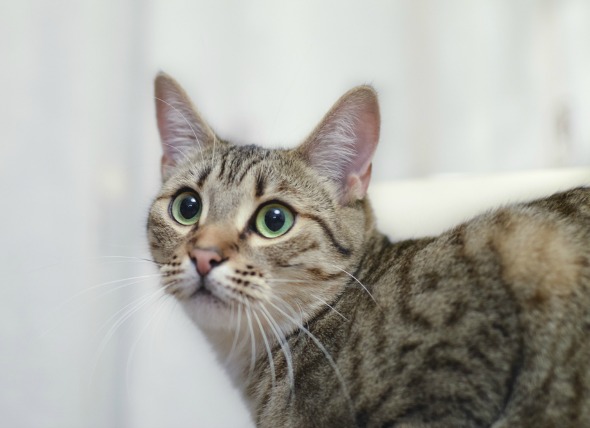 Inflammation of the Middle and Inner Ear in Cats
Otitis Media and Otitis Interna in Cats
Ot
Inflammation of the Middle and Inner Ear in Cats
Otitis Media and Otitis Interna in Cats
Ot
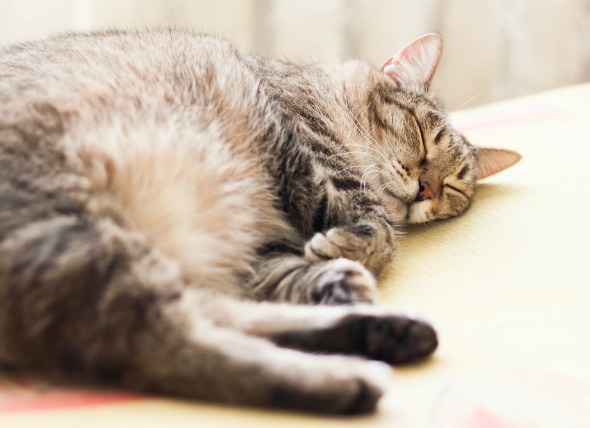 Swelling in Cats
Peripheral Edema in Cats
Swelling due to an exces
Swelling in Cats
Peripheral Edema in Cats
Swelling due to an exces
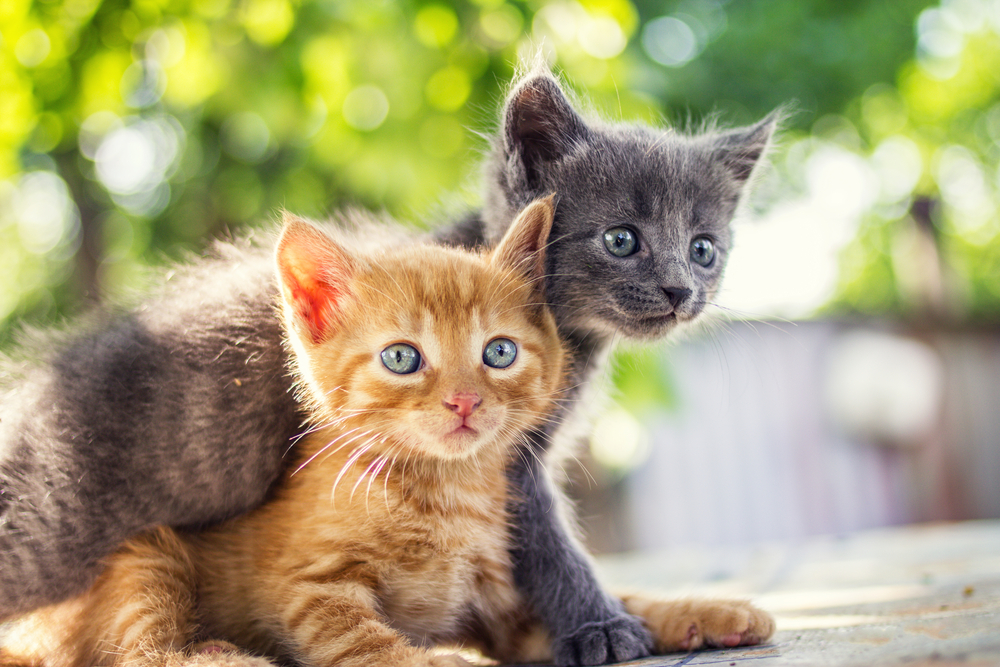 Coronavirus in Cats
Feline Infectious Peritonitis (FIP) in Cats
Felin
Coronavirus in Cats
Feline Infectious Peritonitis (FIP) in Cats
Felin
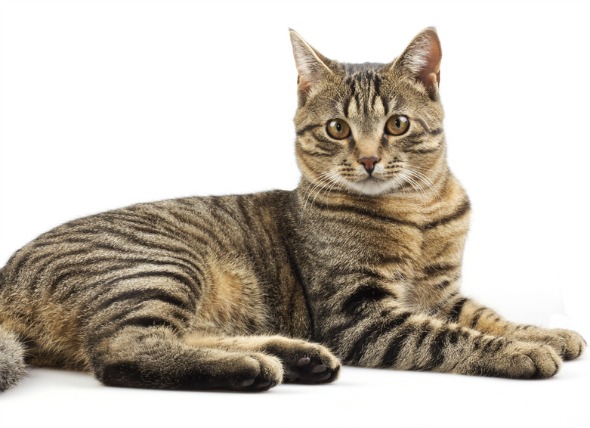 Pain from the Nervous System in Cats
Neuropathic Pain in Cats
An injury or disease rel
Pain from the Nervous System in Cats
Neuropathic Pain in Cats
An injury or disease rel
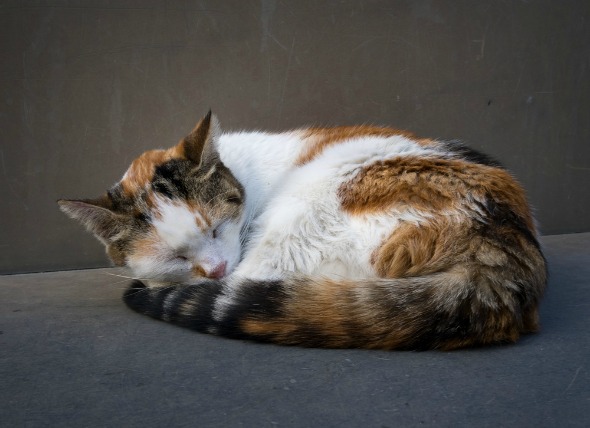 Abdominal Cavity Inflammation in Cats
Peritonitis in Cats
The abdominal cavity is lined
Abdominal Cavity Inflammation in Cats
Peritonitis in Cats
The abdominal cavity is lined
Copyright © 2005-2016 Pet Information All Rights Reserved
Contact us: www162date@outlook.com